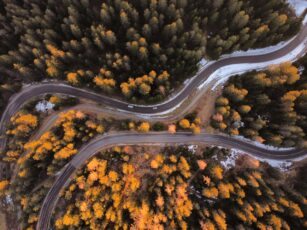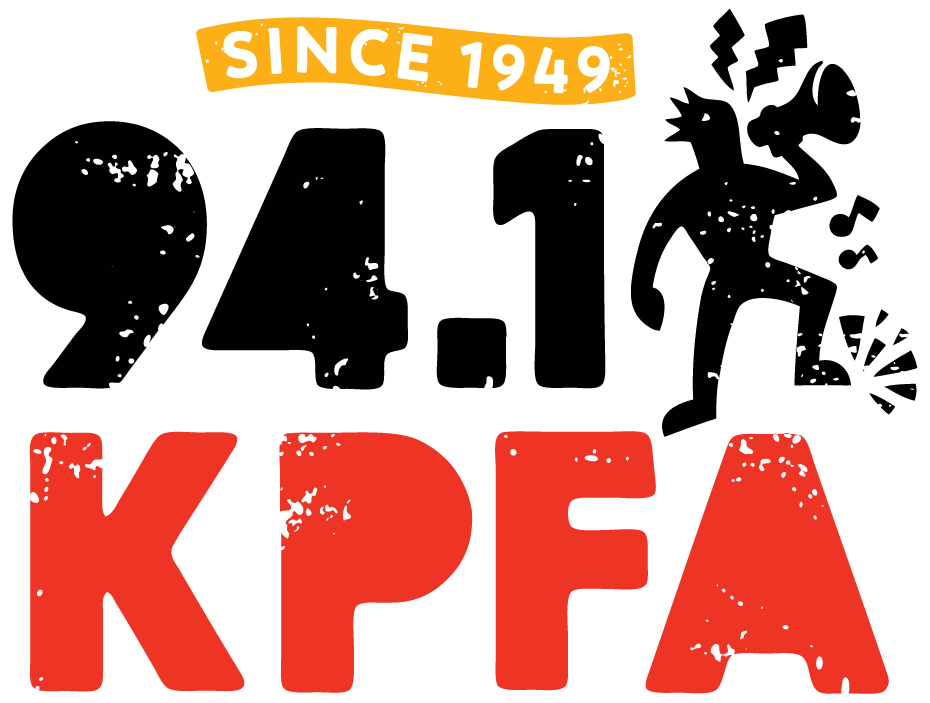
For most of us, roads are a symbol of journeys, of freedom, adventure, opportunity, or more practically speaking, as a means of getting from point A to B. But the 40 million miles of roads that wrap around this Earth have a huge impact on the other than human world. Not only do they pollute our soils and waters and degrade habitats, they kill hundreds of millions of animals world over. In the United States alone, one million animals are killed by cars every day.
Earth Island Journal editor and Terra Verde host Maureen Nandini Mitra discusses the impact of our massive network of roads on wildlife and humans and how we can reconfigure our roadways to be a more benign presence on the land with conservation journalist Ben Goldfarb, author of the new book Crossings: How Road Ecology is Shaping the Future of Our Planet and Beth Pratt, California regional executive director for the National Wildlife Federation and director of The Wildlife Crossing Fund, who has played a pivotal role in realizing the Wallis Annenberg Wildlife Crossing — an unprecedented overpass that would allow wildlife of the Santa Monica mountains to safely cross a dangerous 10-lane stretch of highway 101 in Los Angeles.

